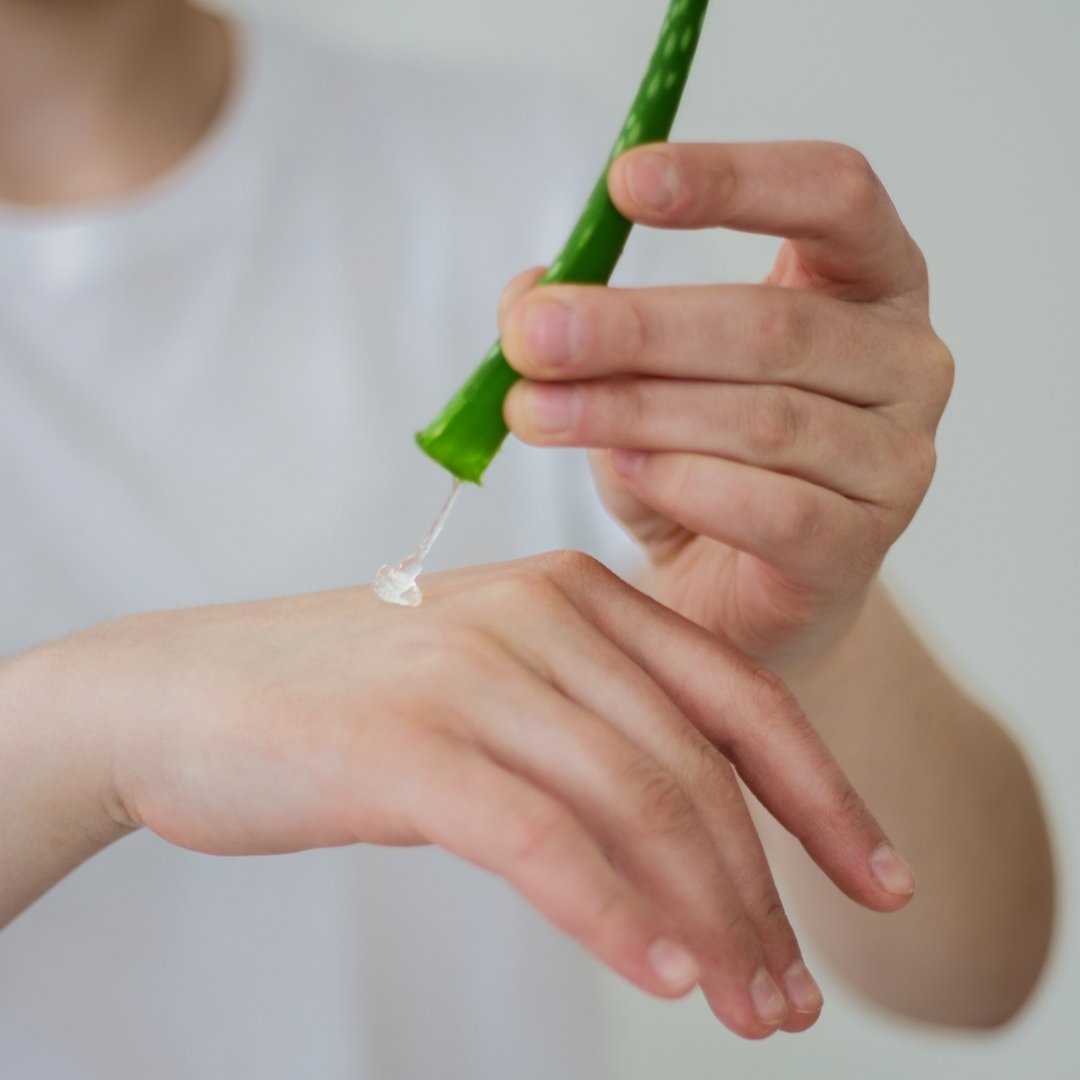Aloe vera has long been associated with the treatment of burns. With the advent of nuclear power, the U.S. government conducted research on the ability of Aloe vera to treat thermal and radiation burns with the aim of introducing its use into the military (Ashley et al. 1957). In 1959, the U.S. Food and Drug Administration approved the use of Aloe vera ointment as an over-the-counter medication for healing burns on the skin (Park and Lee 2006).
Heck et al. (1981) randomly assigned 18 patients with second-degree burns to be treated, after debridement, with gauze containing either Aloe vera cream or Silvadene ointment. The Aloe vera group had a mean healing time of 13 days compared to 16 days in the Silvadene group; however, the difference did not reach statistical significance. In a recent meta-analysis, a statistically significant benefit of Aloe vera for the treatment of burns was demonstrated. Using the duration of wound healing as an outcome measure, the meta-analysis of the efficacy of Aloe vera in burn wound healing concluded that Aloe vera treatments reduced healing time by approximately 9 days compared to conventional treatment groups (p = .006; Maenthaisong et al. 2007). Four controlled clinical trials (with a total of 371 subjects) met the inclusion criteria for the review. The four studies differed in their study design, intervention, and reported outcomes. The Aloe vera preparations included fresh Aloe vera mucilage (Thamlikitkul et al. 1991), gauze saturated with 85% Aloe vera gel (Visuthikosol et al. 1995), Aloe vera cream (Akhtar and Hatwar 1996), and 1% Aloe vera powder wrapped with Vaseline gauze (Sun et al. 1994). None of the studies standardized the amount of active Aloe vera ingredients administered. The outcomes measured were wound healing time, described as time to complete epithelization (Visuthikosol et al. 1995) or not defined (Akhtar and Hatwar 1996); the success rate of wound healing (Thamlikitkul et al. 1991); and epithelization rate (Sun et al. 1994). Maenthaisong et al. (2007) note that, due to differences in Aloe vera products and outcome measures used, it is difficult to draw a specific conclusion regarding the effect of Aloe vera on burn healing. Nonetheless, the results of the review combined with other evidence suggest that Aloe vera preparations at a range of different doses are beneficial in the treatment of burn wounds.
3.6.1.3. Surgical Wound Healing
Aloe vera has been reported to accelerate postoperative wound healing in periodontal flap surgery (Payne 1970). Conversely, a randomized controlled trial involving women with complications of wound healing after gynecological surgery found that the mean healing time in the conventional care group (53 days) was significantly shorter (p < .003) than in the Aloe vera gel group (83 days; Schmidt and Greenspoon 1991). The results of the trial must be interpreted with caution, as only 21 of 40 women completed the study and more patients were lost to follow-up from the gauze group (n = 12) than the Aloe vera group (n = 5). An intention-to-treat analysis was not performed (meaning that patients lost to follow-up were excluded from the analysis), which potentially introduces significant bias into the results.
Excerpt from https://www.ncbi.nlm.nih.gov/books/NBK92765/


